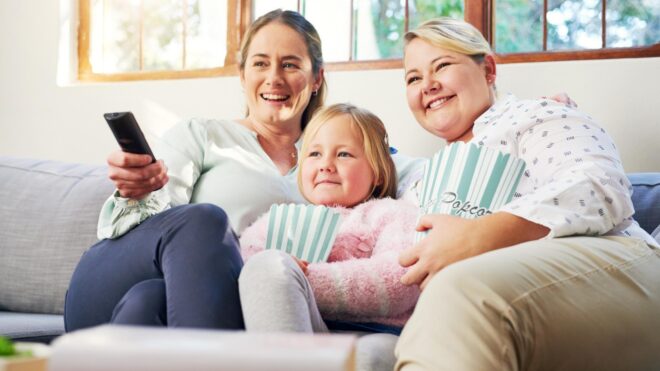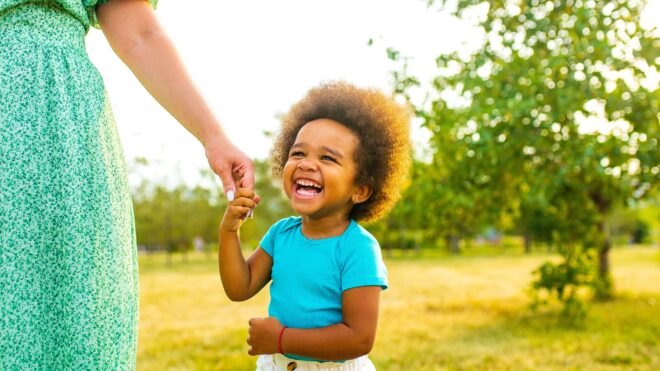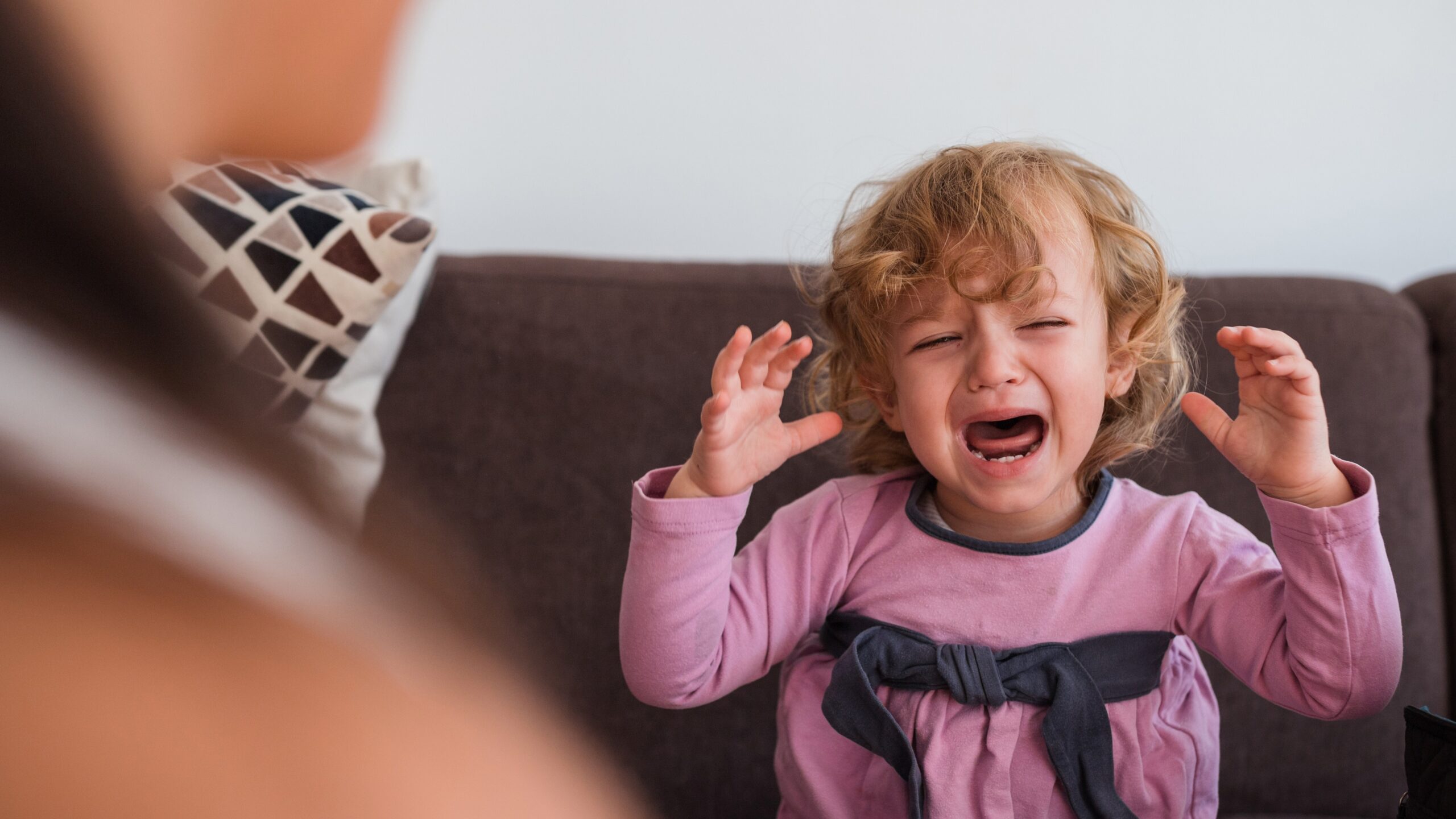
When Amanda Bacon-Davis, author of the two-time national award-winning book This Thing Has a Name, noticed her 2-year-old daughter started having tantrums around transitions and separation, she knew something was going on beyond common toddler meltdowns.
More from LittleThings: BIPOC Family Therapist & Mom Shares Tips On Deciding If Therapy Is Right For Your Child
“I felt so alone for years. Any transition, no matter how small it seemed — such as switching from playtime to bedtime, getting in the car to go anywhere, getting ready for school, going to school, visiting a friend, having a friend or relatives visit, saying ‘no’ to something she wanted, saying ‘yes’ to something she wanted — could all lead to a massive outburst,” Bacon-Davis tells LittleThings.
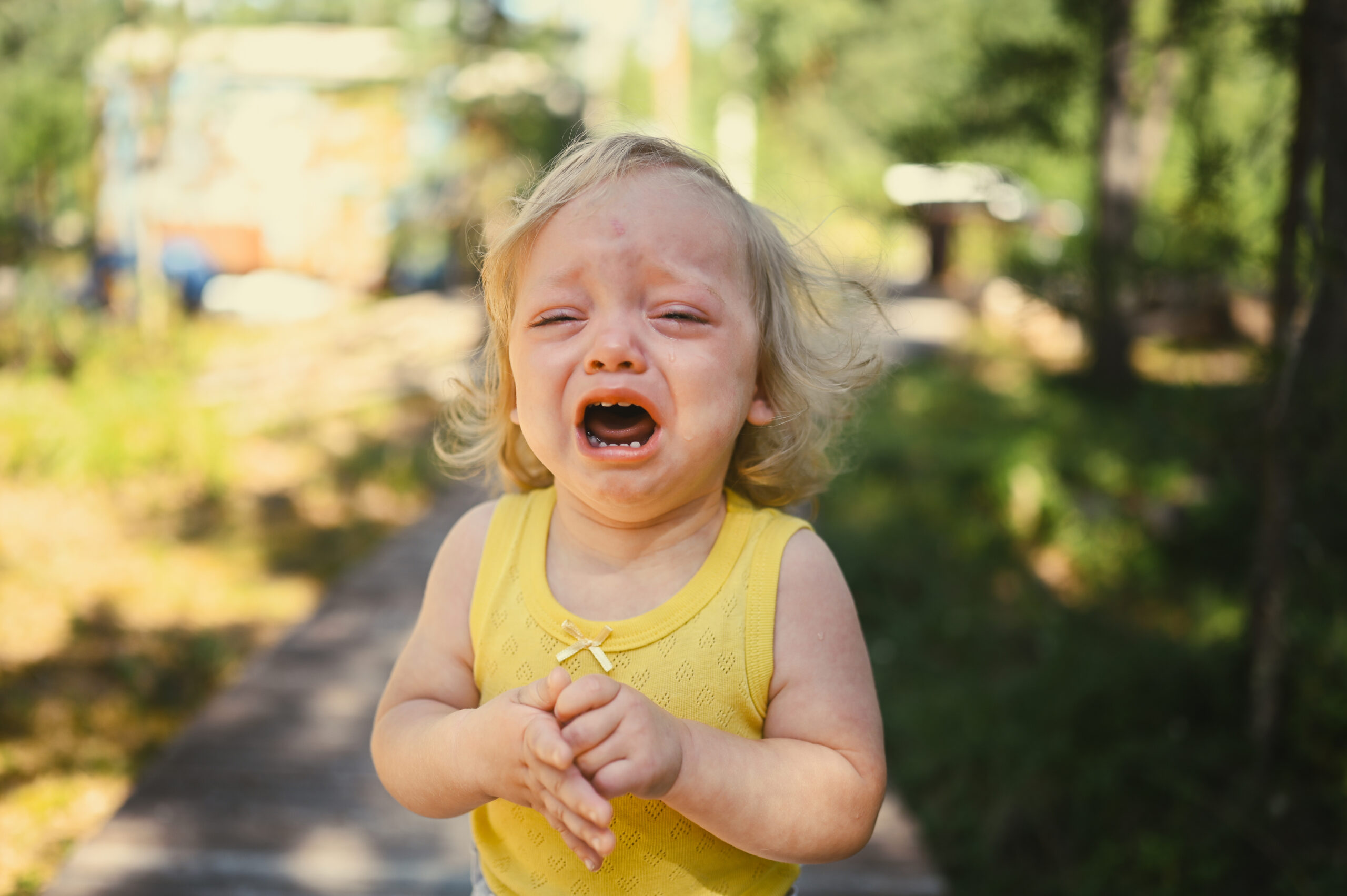
As her daughter grew, Bacon-Davis says, “The outbursts could range from kicking, biting, screaming incessantly, hitting, breaking anything she could get her hands on to jumping out of moving cars, running into the snowy woods barefoot, throwing tables across a room, refusing to sleep, running away from home, refusing to do anything, yelling out of the car that she was being kidnapped (by me), pulling her own hair, punching herself, slamming her head into walls — it was endless and heartbreaking.”
She kept this to herself. “I never saw any other parents having to deal with that or talking about that,” says Bacon-Davis. “Not exactly the kind of thing I would post on social media: ‘Dear Facebook Friends, today my daughter broke everything in her room, beat me up, and tried to beat all of her teachers up when I dropped her off from school.’ Every day was like walking on eggshells, which only brought out more frustration from both me and her.”
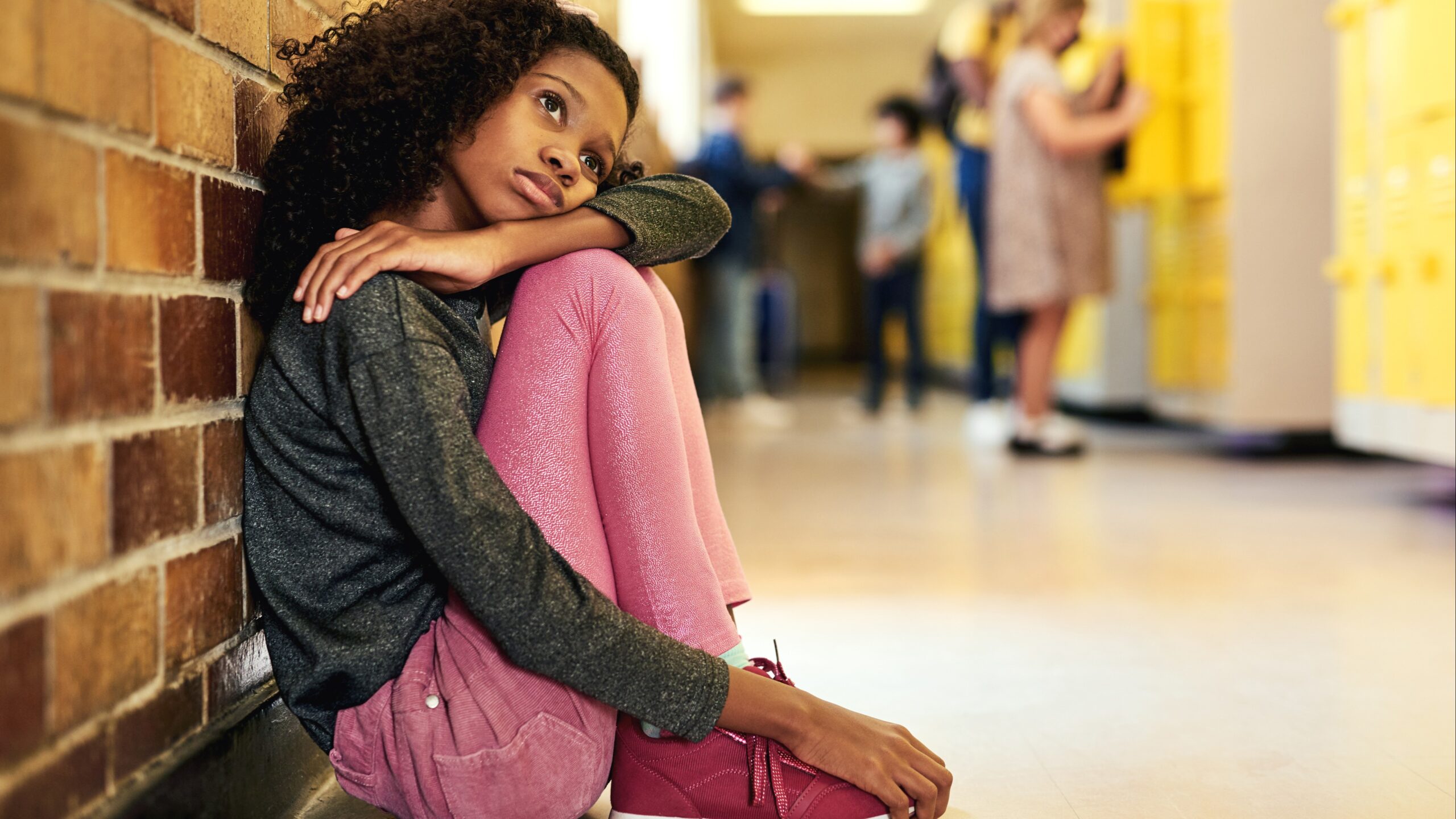
This is common behavior for a child with anxiety, according to Yener Balan, MD, DFAPA, and coauthor of Re-Write: A Trauma Workbook of Creative Writing and Recovery in Our New Normal. “Depending on the age of the child, their level of ability to communicate, and relationship with caregivers, the anxious child can exhibit a wide range of signs and symptoms including physical, behavioral, and mental,” Balan tells LittleThings.
While those actions may not be obvious signs of anxiety, others are more commonly known. “Changes in eating and sleeping habits are predominant physical symptoms of anxiety,” Balan says. “The child might eat too much, or too little. They may show signs of trouble falling or staying asleep, resulting in daytime fatigue. Headaches and stomachaches, dizziness and nausea can also manifest from stress and anxiety. Additionally, aspects of toileting may be impacted, such as using the bathroom frequently or bed wetting.”
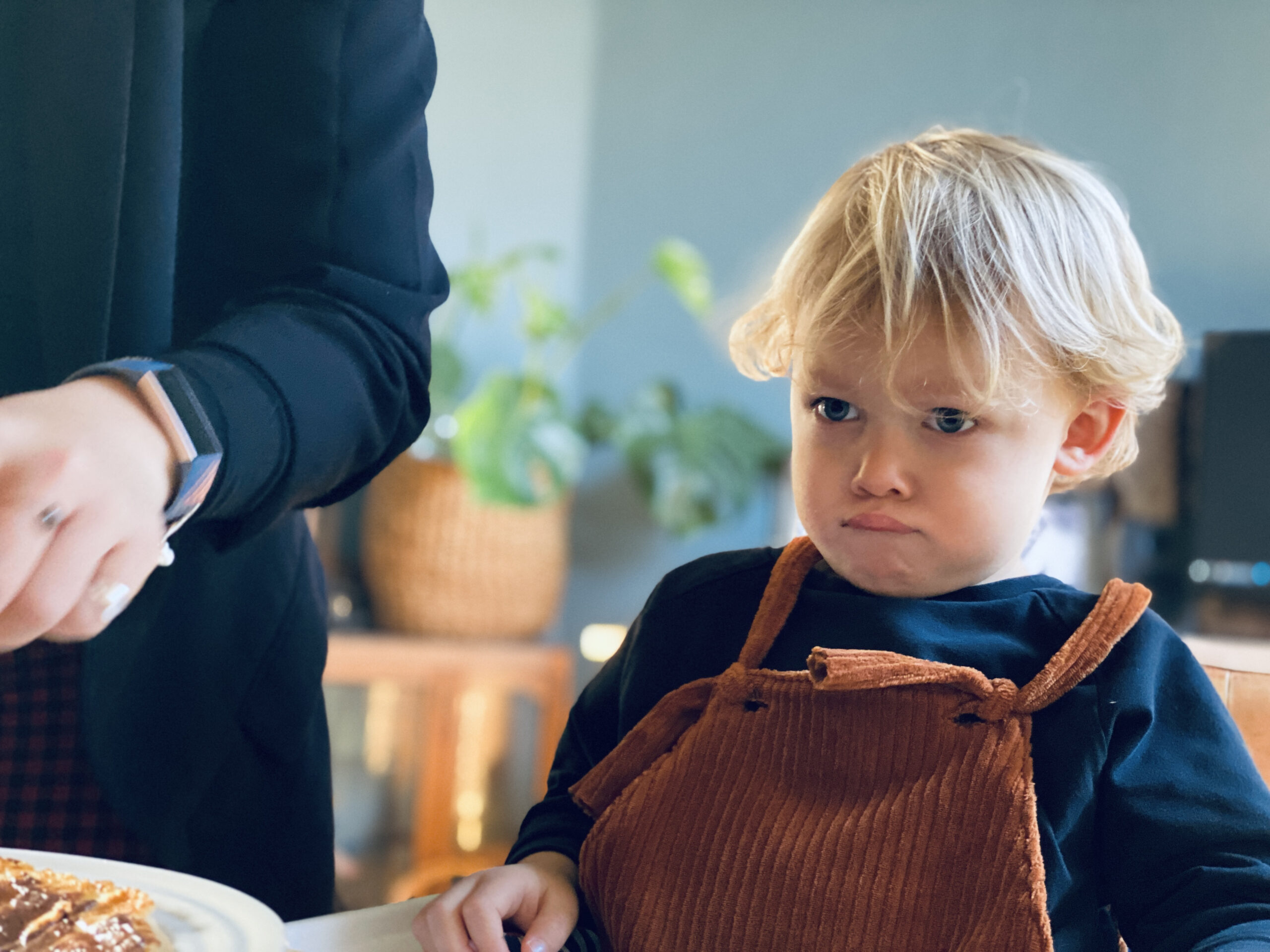
It can lead to more. “The interconnectivity of anxiety-related issues includes outwardly observable behavioral changes such as irritability and anger outbursts,” Balan says. “The child may have a change in reactions such as whining or crying more often. At home or at school, the child may have decreased ability in sustaining attention and focus, and trouble following directions. They may have trouble socializing, including showing shyness and nervousness.”
Bacon-Davis shared that when her daughter was young, she would leave to spend time with her biological father. In situations like this, when a child goes somewhere without their primary caregiver, Balan notes, “From a mental and psychological perspective, the child may be increasingly preoccupied with worry, such as fear of separating from their parents. The anxiety may be in the form of looping thoughts, such as anticipating and expecting bad things to happen. Hypersensitivity in general, and to sound in specific, including disproportionate reactions to situations, may also occur. Intense fears of certain specific situations may begin, such as going to the doctor, or specific fears and phobias such as fear of dogs.”
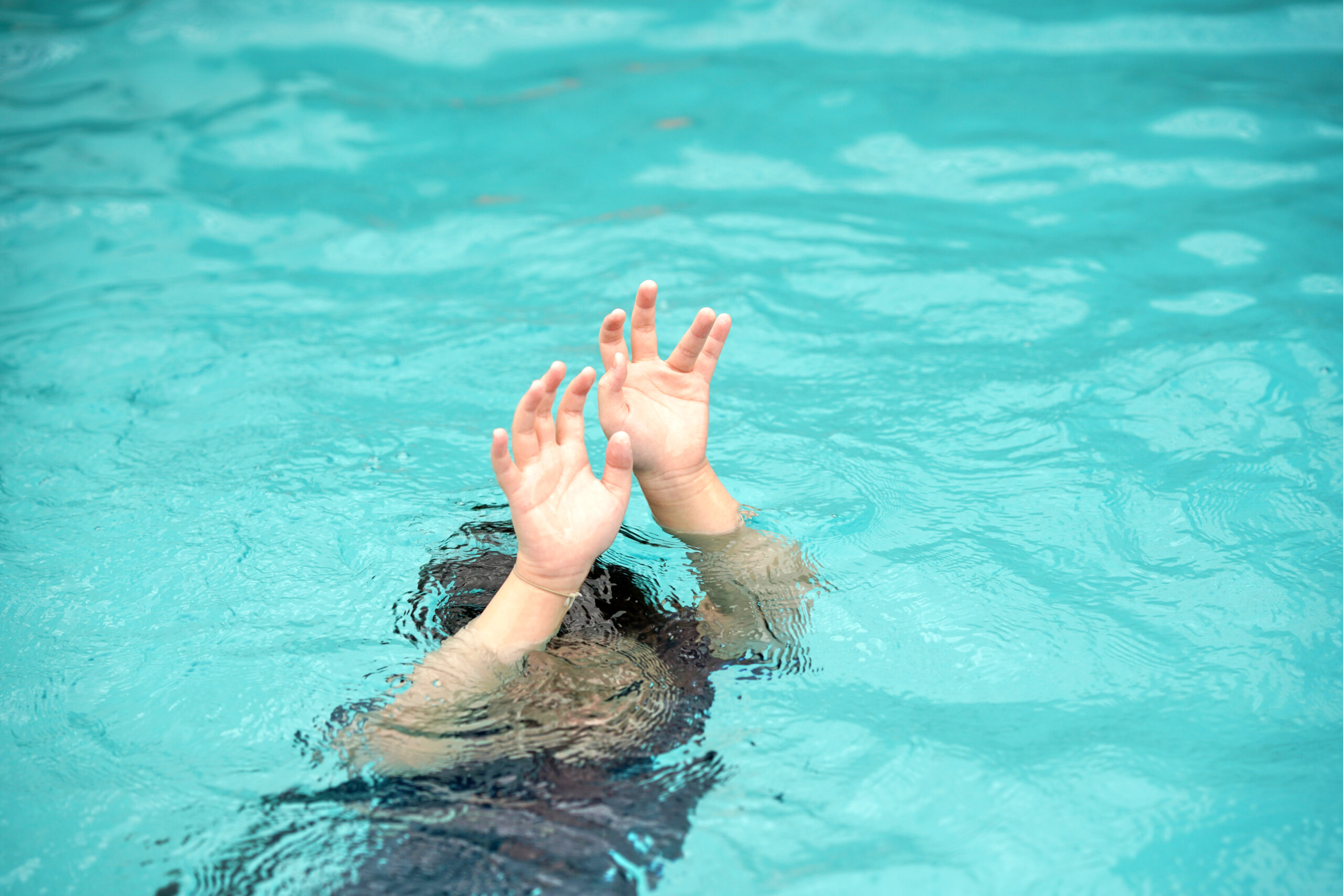
Bacon-Davis says, “As she grew older, her anxiety was always in the back of my mind, but her anxiety grew along with her and started to look different, and so I stopped seeing a child with anxiety and started seeing a child that was misbehaving.”
Duygu Balan, LPCC, LMHC, MS Ed, and Yelen Balan's coauthor of Re-Write: A Trauma Workbook of Creative Writing and Recovery in Our New Normal tells LittleThings, “Signs of anxiety can be more easily detected after kids reach an age when they begin to interact more with others and have a better sense of themselves as an individual, so typically around the age of 2.”
Parents may decide to start their child in therapy but are not sure how to approach the subject. “Parents worry that children will think that something is wrong with them and instead of therapy will use terms such as ‘mentor’ or ‘tutor,’” says Duygu Balan. “I think this will lead to misconception, mistrust, and doubt. Honesty and open communication are key to healing. Therapy should not be a process that just concerns, or ‘fixes,’ the child but one that involves the entire family. Practice modeling to your child by going to therapy yourself, and talk about your own experiences.”
Duygu Balan shares therapy tools and strategies parents can use at home in addition to having their child see a professional:
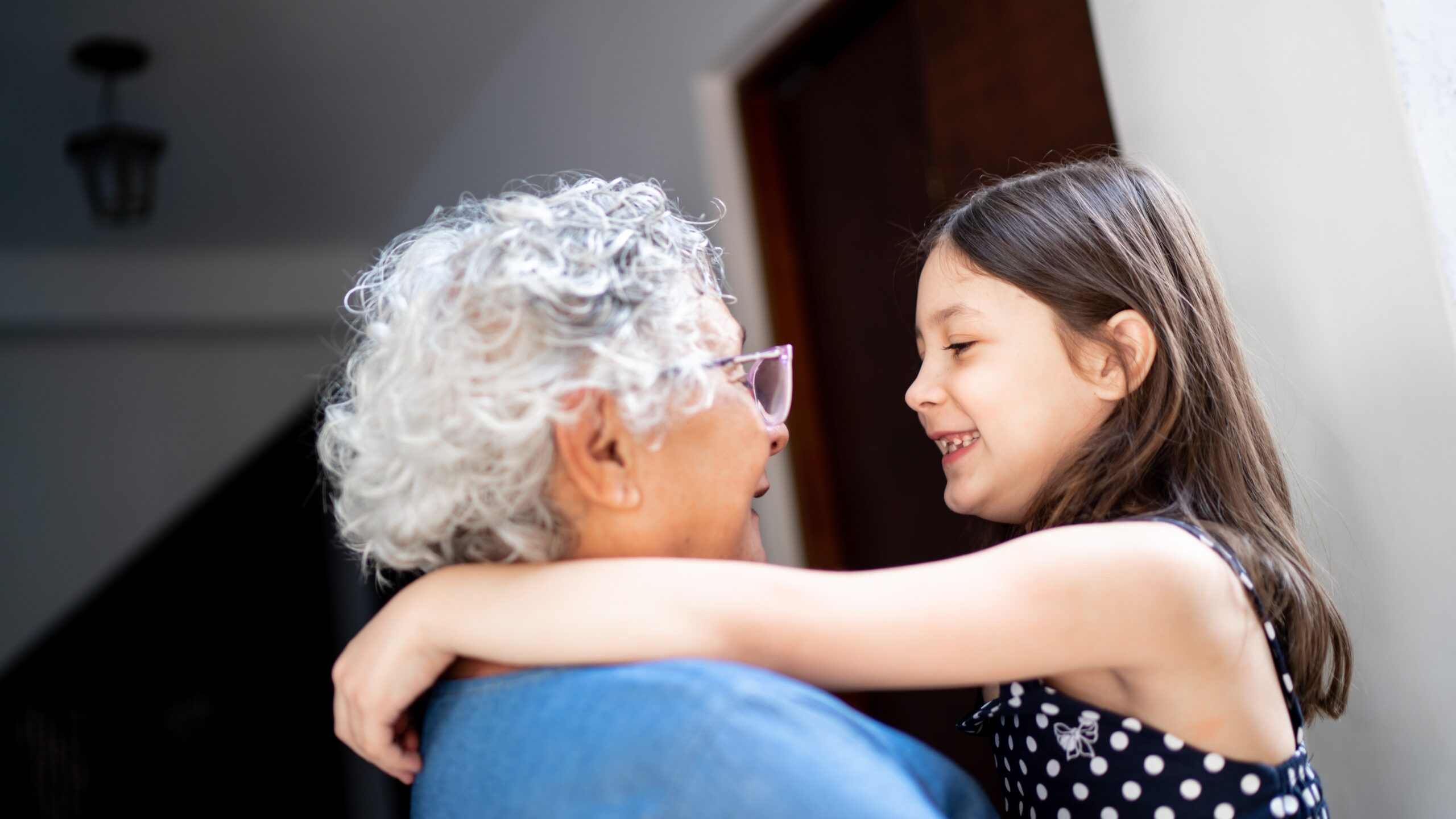
Positive reinforcement: “Addressing the behavior you want rather than addressing the behavior you don’t want is much more effective,” says Duygu Balan. “When your child engages in desirable behaviors such as leaving the house on time for school, make sure you notice it and reward your child with extra attention and quality time.”
Model good behavior: “Kids learn by mimicking their parents,” she says. “Make sure you incorporate the desired behaviors and communication patterns in your home. If you would like your child to be polite and adapt certain social mannerisms, make sure you treat them the same ways.”
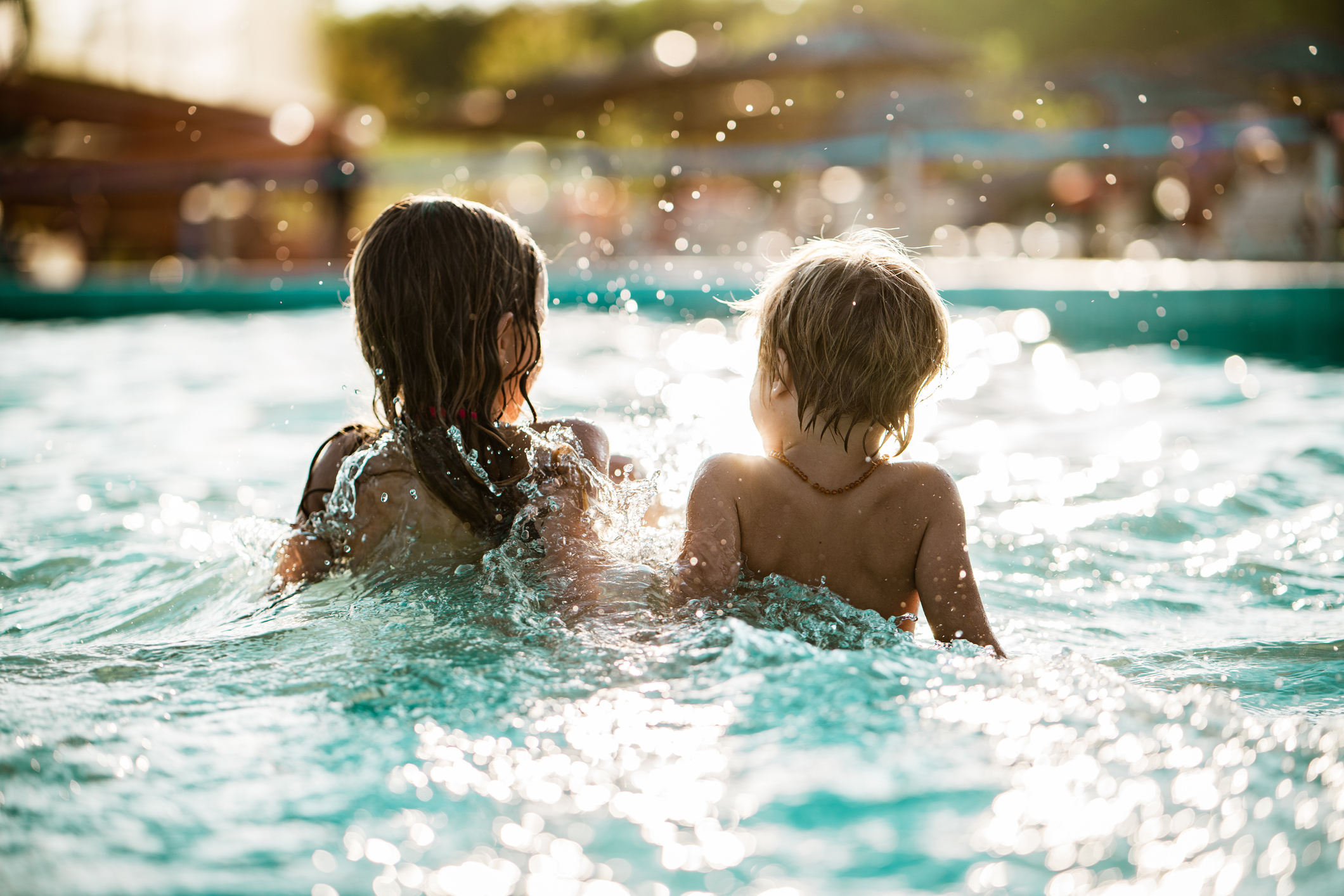
Encourage creative expression: “Explore with your child various mediums they can use to express their feelings. Some examples include drawing, dancing, knitting, and wood carving. Be open-minded and support your child with their interests.”
Trust your intuition: “Be in tune with your child and pay attention to their demeanor and behavior,” she adds.
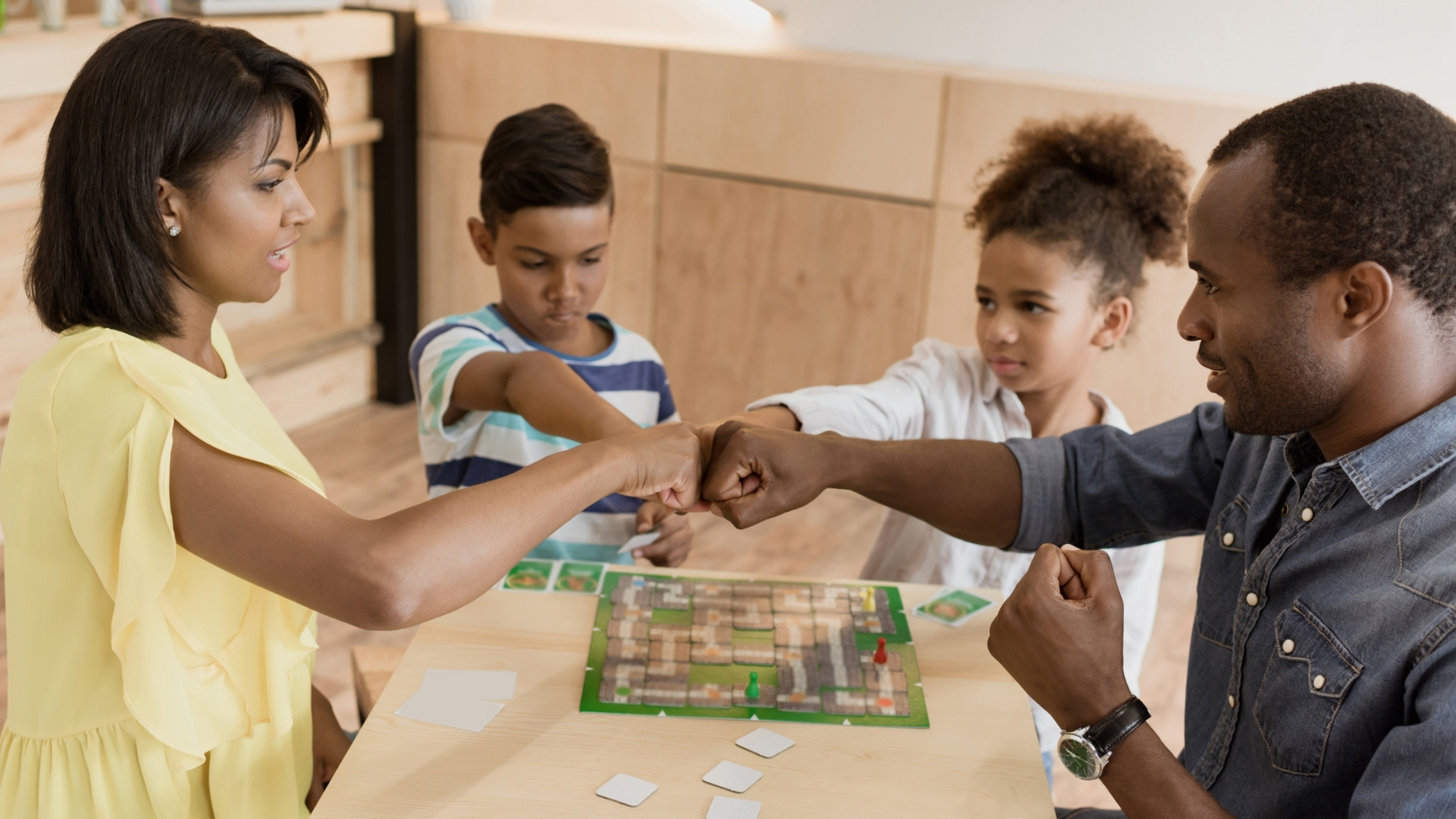
Spend time: “Spending time doing things your child is interested in will support bonding and will allow time for your child to open up to you,” says Duygu Balan. “Engage in activities that your child thrives in. If they love spending time in nature, schedule a hike. If they enjoy building Lego, do that.”
Play games: “The number of high-quality, psychologically minded board games have increased exponentially over the past couple years. Find a game that helps kids describe how they are feeling, and games that promote observing their surroundings.”
Read books: “There are many books that address the current challenges our children face such as grief, or fitting in, and bullying. Choose books that will assist your child with emotion regulation and make sense of their experiences.”
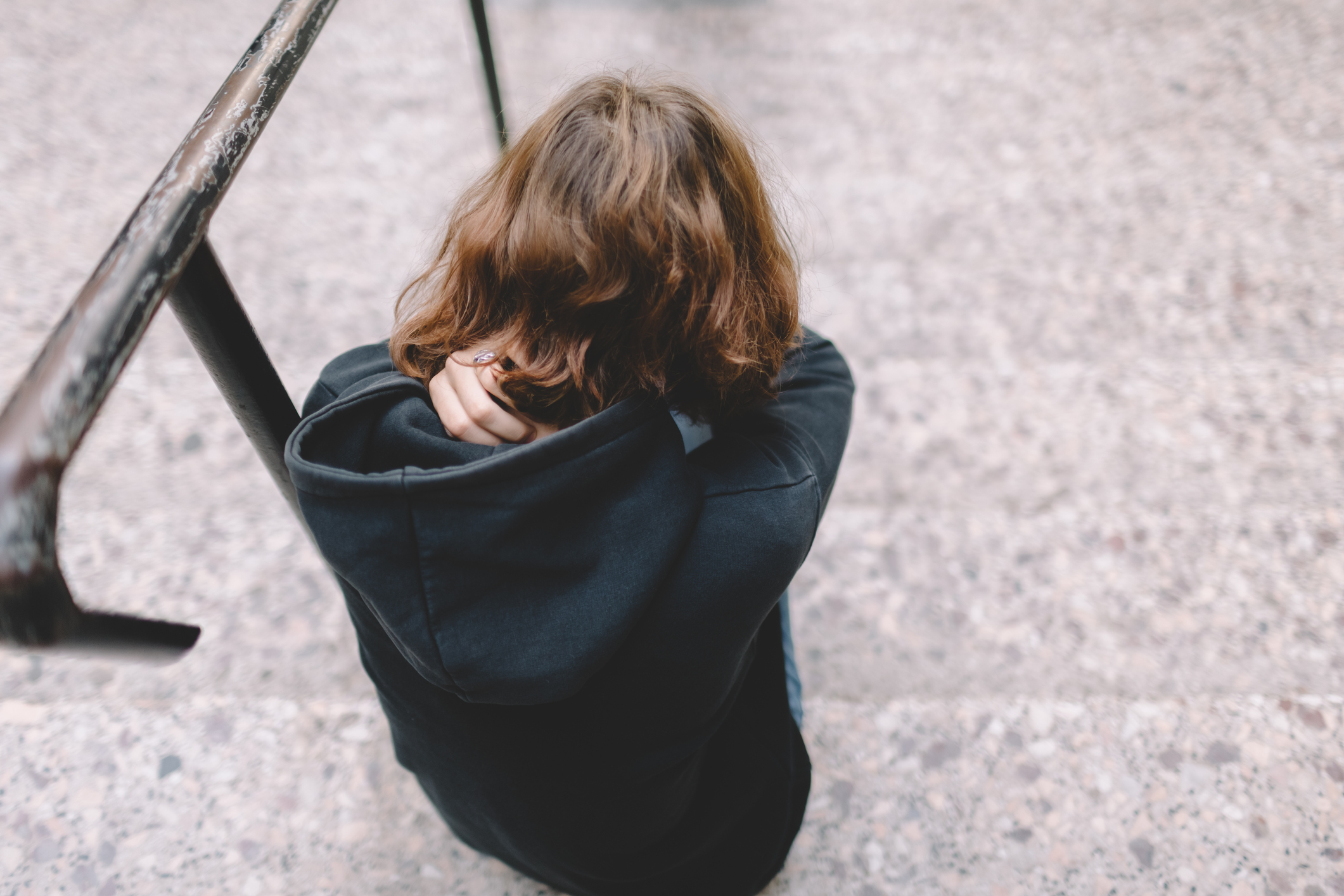
Bacon-Davis was inspired by her daughter’s journey when she wrote her children’s book. “The genesis of the book was the nearly seven-year battle my daughter had with anxiety, and how in January of 2022, it hit an all-time high, bringing our family into an all-time low,” she says. “We had to hospitalize her, and it was a very heartbreaking experience. I had run out of ideas and tools to help her, we needed more help, and this got the attention she needed. A few months later, after a lot of healing and my daughter becoming stable and happy, I wrote this book.
“I wanted my daughter to be a part of the journey. For example, she picked the illustrator, and I made sure she was OK with all I had written and shared, because as much as it’s my story, it’s equally her story. I can speak from the parent’s point of view, but I can’t speak for her. The book became an immediate power tool for her; it made her anxiety come to life in a positive way. A way she could relate to. A book that she can come back to, and remind herself that no matter what, she’s loved, and that these feelings are normal, and will pass. Even better, she’s learning to help herself heal, which was all I wanted for her. The icing on the cake was how many families it has now helped across the world.”


